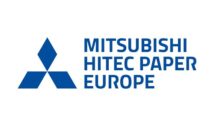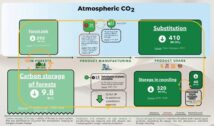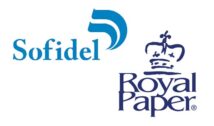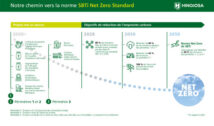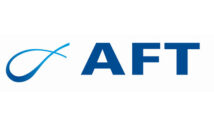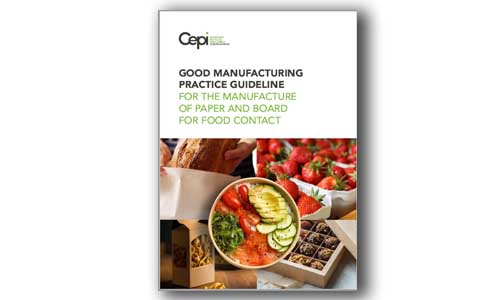
The newly published GMP guidelines aim to support the demand of the market and customers for increased product safety. The document builds on the achievements of a sector which has early on opted for an approach minimising contamination risks and allowing for transparent and independent assessment.
In 2010, paper and board producers gathered under Cepi, the Confederation of European Paper Industries, released two pioneering guidelines for the manufacturing of paper and board for food contact: Food Contact Guidelines and Good Manufacturing Practice (GMP). Since then, these have become a
reference for the entire paper manufacturing and food value chain, helping it to continue a remarkable track record in preventing food safety incidents.
The GMP guidelines were based on the requirement of the Commission Regulation on materials and articles intended to come into contact with food (EC1935/2004), and the EU Regulation on good manufacturing practice for materials and articles intended to come into contact with food (EC 2023/2006) that all materials and articles intended for food contact “shall be manufactured in accordance with Good Manufacturing Practice”. Because the GMP Regulation applies to all types of food contact materials and articles, there is a need for specific advice on its implementation in each manufacturing sector. Cepi’s GMP guidelines provide advice for implementation by the paper and board manufacturing industry of a set of good manufacturing practices which is compliant with that Regulation.
This is the first update of Cepi’s GMP since 2010 and benefits from the extensive experience gained by the paper and board industry, and should be read in conjunction with the also recently updated Cepi Food Contact Guidelines. Cepi’s GMP guidelines provide a roadmap to guide paper and board producers to
implement a good manufacturing system for food contact materials and articles in accordance with EC 2023/2006, while serving as guidance for those auditing those systems. In addition to the provision of the GMP Regulation, Cepi’s GMP guidelines also cover the implementation of risk assessment within the GMP
quality assurance system.
These updated Cepi GMP guidelines are being released in a context where the market for recyclable and bio–based food packaging solutions has been rapidly developing, in answer to an increasing demand for sustainable products, while fossil–based alternatives are being phased–out. The main raw materials
for paper and board are naturally occurring cellulose fibres with inherent hygienic properties, making it very different from other materials being used for food contact. Another difference with other food contact materials is that paper and board manufacturing is mostly mechanical, rather than chemical, as well as
being highly recyclable.
Download Cepi’s Good Manufacturing Practice (GMP) guidelines for the manufacture of paper and board for food contact. Please note that the contents of this document are advisory and not legally binding. It is the responsibility of each company to ensure compliance with the applicable rules and these guidelines
are intended to help the paper and board industry to demonstrate compliance.
Jori Ringman, Director General Cepi, Confederation of European Paper Industries “Good Manufacturing Practices have a primary role to play in risk management. They also serve the gradual shift to sustainable, renewable and recycled alternatives. Raw materials from renewable sources, such as those used for paper–based packaging, should be recognised as building blocks of a new, more circular economy.


